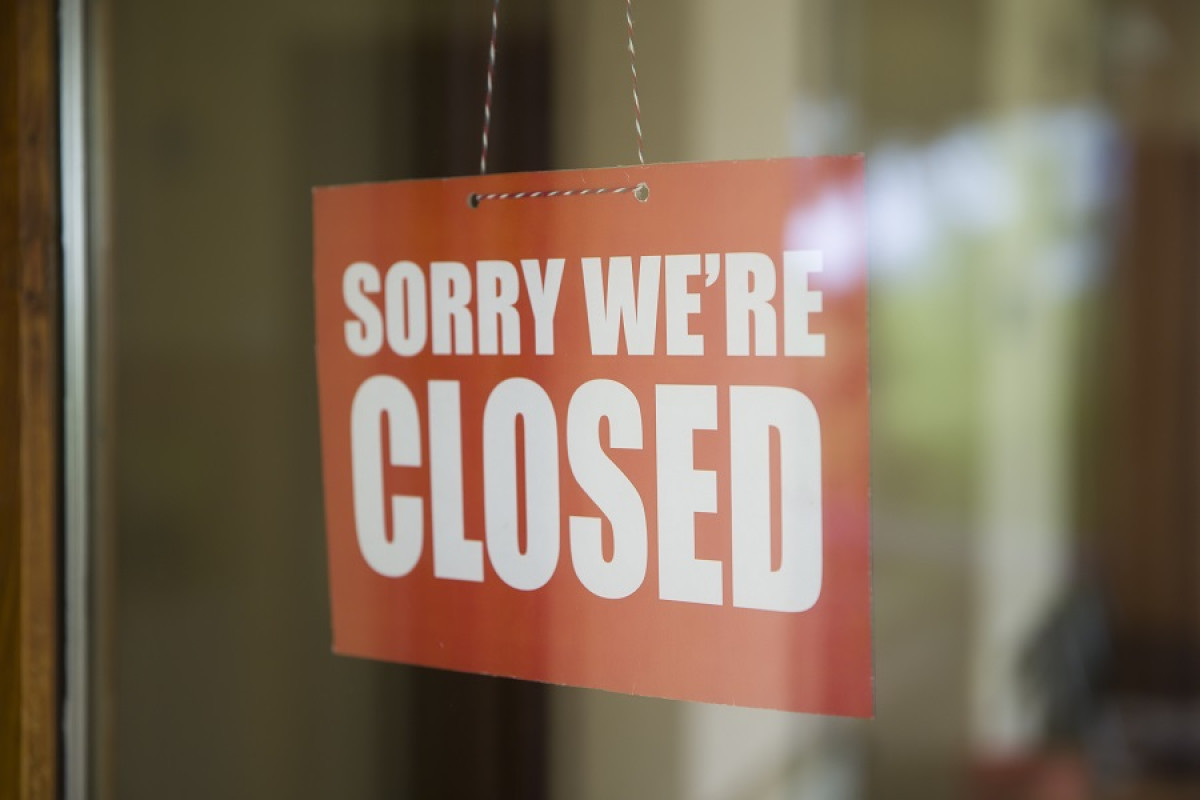Nordstrom called it quit back in March of this year. In the process, more than 2,500 employees were laid of. They did so because their stores in Canada accounted only for three percent of their sales, in the end. Could they have done better? Is the internet the one to blame? Here is a closer look at what happened.
How can Retailers compete with Internet Sales?
When Nordstrom established itself in Canada, only a decade ago, they already knew the risks of competing with the internet. It would be interesting to look into their marketing strategy, as they never managed to bring a sufficient number of people to walk through their doors. One of the issues of major companies today, such as Nordstrom, is that they forget the traditional tools that they have at their disposition.
When you open a physical store, anywhere that it may be, what you need is to attract customers that live nearby. In rural Canada you can do so through distributing your own newspaper in restaurants, cafés and other locations where people pass through. Indeed, the only way for physical stores to compete with the world of internet is to use the tools that speaks directly to the locals. Even smaller surfaces need to go back to marketing basics, which has never been easier as they can use a newspaper template to prepare their daily, weekly or monthly edition. If big music stars like Harry Styles and Artic Monkeys can bring back cassette tapes for their music, retailers should be wise enough to also turn back time and use newspaper print to advertise locally.
What Else went Wrong?
If marketing teams can look for specific solutions to get people to walk through the doors of their stores, it is hard to prevent the unimaginable, which is exactly what happened during the COVID-19 crisis. Who could have predicted that everyone would have to stay in their own home for long periods of time, besides science-fiction writers? Still it happened, and retailers found themselves unable to respond immediately to the loss of cashflow. What made it worse, is that it only sent shoppers online, to the benefit of the big names that were already powerful, such as Amazon.
Maybe Nordstrom could have survived if they had faced a different economic situation in the years following the pandemic. But the Canadian economy in general is not doing so well, making it even harder for retailers to remain strong in the face of adversity. With the level of inflation that people have had to incorporate into their budget, it is not surprising that clothing retailers are suffering in Canada, but also in many other countries. If you look at the situation in France, as an example, many of the biggest clothing brand name retailers have closed down in the last few years, and more are expected to do so as well.
The reality is that Nordstrom did not benefit from any economic help, in order to implant itself in Canada. But future retailers interested to take their place will have to trust traditional marketing tools, if they intend to conquer new territories in Canada or in any other country.















